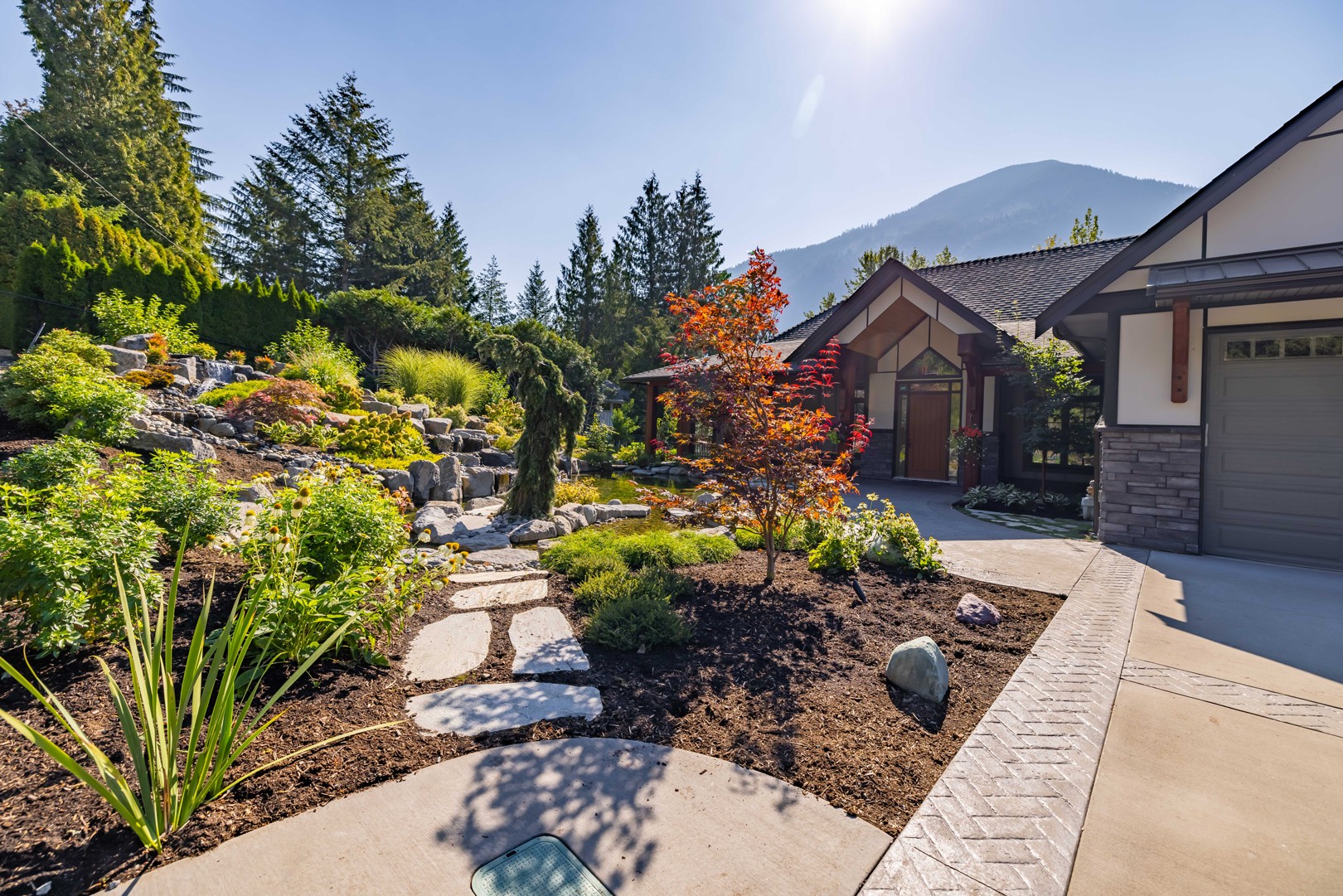
The Best Plants For The Lower Mainland
Our favourite native plants, annuals and perennials for garden projects
Growing your own food is nothing new… people have been doing it for centuries. And if you’ve never had the pleasure of growing and harvesting your own produce, now is the perfect time to start.
But if you’ve never planted a veggie garden before, it can seem a bit intimidating. We’ve written this post to help you design your garden, choose the right plants and maintain it properly, so you can enjoy a delicious and bountiful harvest while supporting the environment.
There are many reasons people grow their own fruits, herbs and veggies and decide to incorporate edible plants in their landscapes.
Designing an edible garden requires some planning and effort, but the rewards are worth it. Here are some things to consider to help you get started.
Once you’ve chosen the right location, these tips will help you grow amazing veggies, perfect for those summer salads!
Like any garden, maintaining an edible garden needs regular care and attention. Here are some tips for keeping your garden healthy and productive.
This post gives you the basic information you need to start growing your own vegetables. If you’d like help planning and installing a vegetable garden, reach out — we’re here to help.

Our favourite native plants, annuals and perennials for garden projects
Turn your front yard into a reflection of the love you have for your home and neighborhood.
Five reasons why it’s worth paying for a professional design
Bring the soothing sound of water to your backyard
A beautiful way to prevent flooding from excessive rainwater…
Advice and tips on choosing a spa and hot tub straight from our design team.







